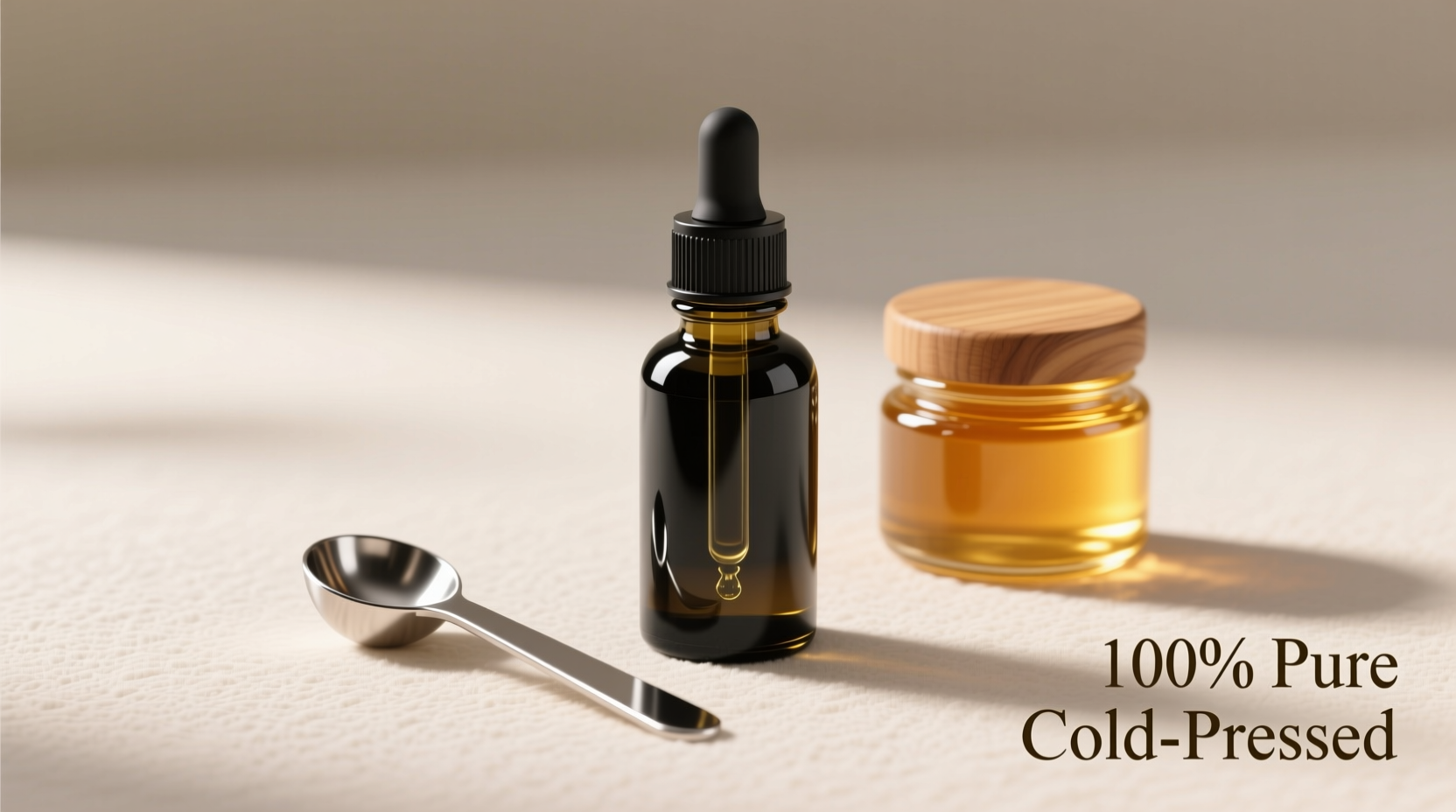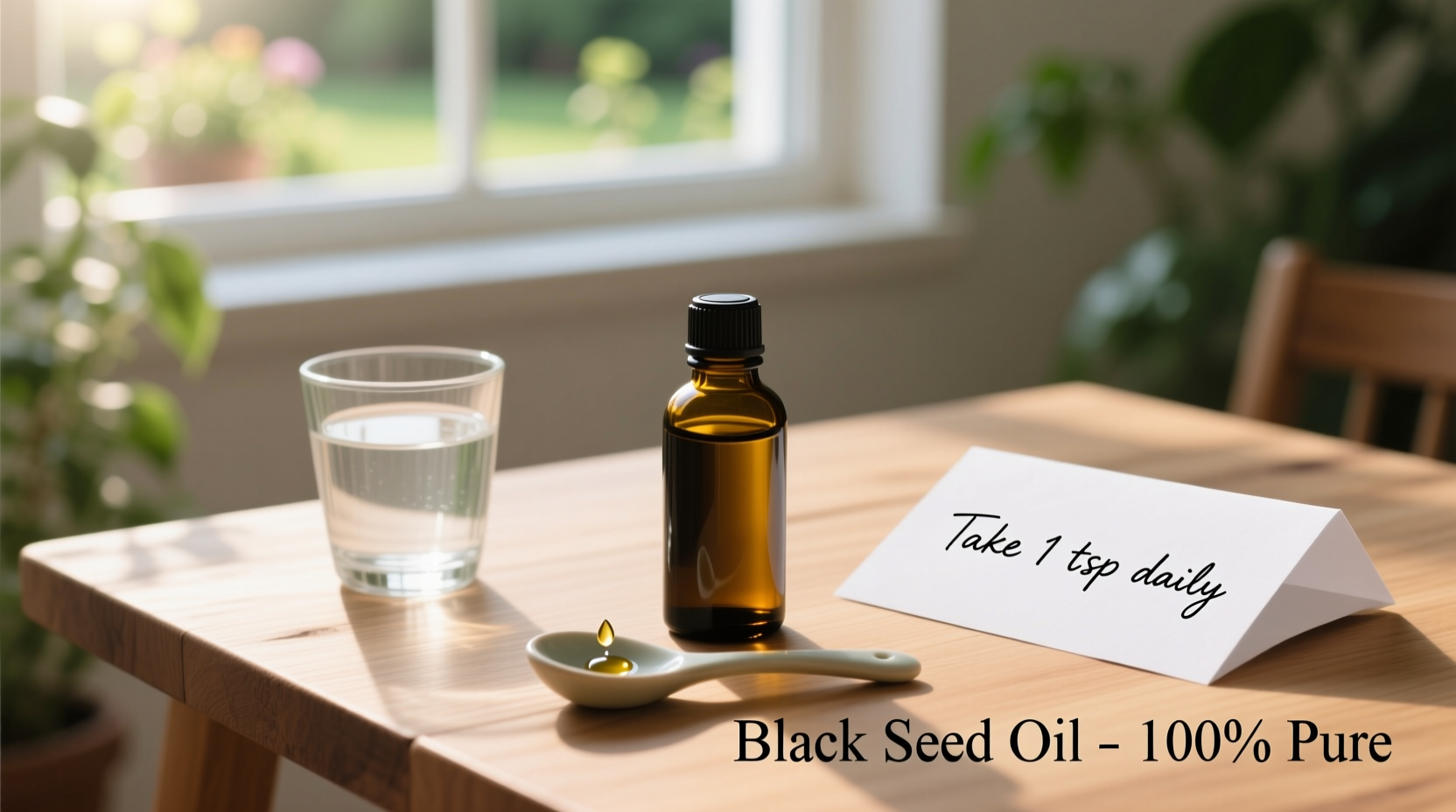Black seed oil, derived from Nigella sativa seeds, has been used for centuries in traditional medicine systems across the Middle East and Asia. As modern research continues to explore its potential benefits, more people are incorporating this golden-hued oil into their wellness routines. But with various forms available and conflicting advice online, knowing how to take black seed oil safely and effectively becomes essential for maximizing potential benefits while minimizing risks.
Understanding Black Seed Oil Basics
Before determining how to take black seed oil, it's important to understand what you're working with. The primary active compound in black seed oil is thymoquinone, which researchers believe contributes to many of its studied properties. You'll find black seed oil in several forms:
- Liquid oil - Most versatile form for internal and external use
- Softgel capsules - Convenient for precise dosing and avoiding the strong taste
- Tablets - Less common but available in some formulations
Quality varies significantly between products. Look for cold-pressed, organic options stored in dark glass bottles to preserve potency. The color should range from golden to deep amber - avoid products that appear cloudy or have an off smell.
Determining Your Appropriate Dosage
When learning how to take black seed oil, dosage represents the most critical consideration. Research shows significant variation in effective amounts depending on your health goals:
| Health Goal | Research-Supported Dosage | Duration |
|---|---|---|
| General wellness | 500mg-1g daily | Long-term |
| Metabolic support | 2-3g daily | 8-12 weeks |
| Seasonal wellness | 1-2g daily | As needed |
According to the National Center for Complementary and Integrative Health, most clinical studies use doses between 1-3 grams daily, typically divided into two doses. The U.S. Food and Drug Administration considers black seed oil generally safe at these levels, but emphasizes consulting healthcare providers before use.
Begin with a conservative dose of 500mg daily (about 1/4 teaspoon of oil) for the first week. If well-tolerated, gradually increase to 1-2 grams daily over the next two weeks. This approach helps your body adjust and allows you to identify any potential sensitivities.
Best Methods for Taking Black Seed Oil
How you take black seed oil significantly impacts both tolerance and potential benefits. Consider these evidence-based approaches:
Taking With Food vs. Empty Stomach
Research published in the Journal of Ethnopharmacology indicates that taking black seed oil with food improves absorption of its fat-soluble compounds while reducing potential gastrointestinal discomfort. The oil's strong, peppery flavor also becomes more palatable when mixed with other foods.
Recommended consumption methods:
- Mix 1 teaspoon with warm honey and lemon water first thing in the morning
- Add to salad dressings or drizzle over cooked vegetables
- Blend into smoothies with banana or almond milk to mask flavor
- Take capsules with your largest meal of the day

Timing Considerations
While black seed oil can be taken at any time, many traditional practices recommend morning consumption. A 2020 review in Phytotherapy Research noted that taking it in the morning aligns with circadian rhythms that influence metabolic processes. However, if you experience mild digestive upset, taking it with your evening meal may prove more comfortable.
Safety First: Important Considerations
Understanding how to take black seed oil safely matters as much as knowing the dosage. Certain populations should exercise caution or avoid black seed oil entirely:
Who Should Avoid or Use Caution
- Pregnant and breastfeeding women - May stimulate uterine contractions
- Those with bleeding disorders - May increase bleeding risk
- People scheduled for surgery - Discontinue at least 2 weeks prior
- Individuals with low blood pressure - May cause additional lowering
The National Library of Medicine reports potential interactions with medications metabolized by the CYP3A4 enzyme system, including certain blood pressure medications, diabetes drugs, and immunosuppressants. Always disclose supplement use to your healthcare providers.
Recognizing Potential Side Effects
When taken within recommended amounts, black seed oil is generally well-tolerated. However, some people may experience:
- Mild digestive upset (nausea, stomach cramps)
- Skin irritation with topical application
- Allergic reactions in sensitive individuals
If you experience significant discomfort, discontinue use and consult a healthcare professional. Never exceed 5 grams daily without medical supervision.
Realistic Timeline for Results
Understanding what to expect and when helps maintain realistic expectations when incorporating black seed oil into your routine. Based on clinical research, here's a typical timeline:
| Time Period | Potential Changes | When to Reassess |
|---|---|---|
| First 1-2 weeks | Adjustment period, possible mild digestive effects | Confirm tolerance before continuing |
| 3-6 weeks | Early indicators of potential benefits | Evaluate if continuing aligns with goals |
| 8-12 weeks | Most research shows measurable effects in this window | Consult provider for next steps |
Remember that individual responses vary significantly. Black seed oil works best as part of a comprehensive wellness approach that includes balanced nutrition, regular physical activity, and adequate sleep. It's not a magic solution but may provide supportive benefits when used appropriately.
Quality Matters: Choosing the Right Product
Not all black seed oil products deliver equal value. When selecting a product, look for these quality indicators:
- Cold-pressed extraction - Preserves delicate compounds
- Organic certification - Reduces pesticide exposure
- Dark glass packaging - Protects from light degradation
- Thymoquinone content - Reputable brands disclose this percentage
- Third-party testing - Look for NSF or USP verification
Avoid products with added fillers, artificial flavors, or those stored in clear plastic containers. Price often reflects quality - extremely cheap options likely compromise on purity or concentration.











 浙公网安备
33010002000092号
浙公网安备
33010002000092号 浙B2-20120091-4
浙B2-20120091-4